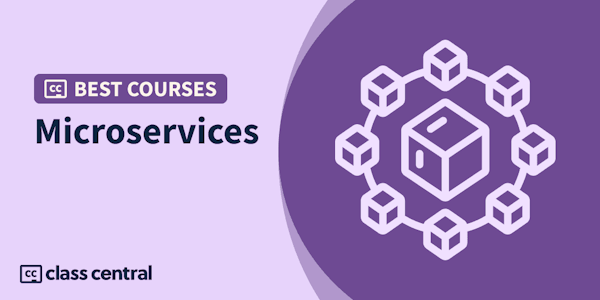- Module 1: In this workshop, you'll go through tasks to deploy Spring Boot microservices to Azure Spring Cloud (ASC).
- Create a new Azure Spring Cloud cluster
- Configure a Spring Cloud Config Server
- Build and deploy a Spring Boot microservice
- Create a Spring Cloud Gateway to access your microservice
- Use Spring Cloud Service Registry to discover your microservice
- Configure distributed tracing to debug a microservices architecture
- Module 2: Deploy a Java EE (Jakarta EE) application to JBoss EAP on Azure App Service and bind it to Azure Database for MySQL.
- Create and manage an Azure Database for MySQL instance
- Deploy a Java EE application to JBoss EAP on App Service
- Create a data source and bind the Java EE application to MySQL
- Access and manage the Java EE application on JBoss
- Module 3: Learn how to create a Java application to store and query data in Azure Cosmos DB
- Learn how to send requests to Azure Cosmos DB from a Java application
- Create an application to store and query data in Azure Cosmos DB
- Module 4: Send messages to and receive messages from Azure Service Bus with Spring Boot applications.
- Describe the benefits of Service Bus.
- Send messages to Service Bus by using the Java Message Service (JMS) 2.0 API.
- Receive messages from Service Bus by using the JMS 2.0 API.
- Module 5: In this module, you'll learn what Azure Cache for Redis is, and how to use it with a Java and Spring Boot application. You'll use it to cache some business data through Spring Data Redis, and to store HTTP session data through Spring Session.
- Describe the main uses of Azure Cache for Redis.
- Use Azure Cache for Redis to cache business data through Spring Data Redis.
- Use Azure Cache for Redis to store HTTP session data through Spring Session.
- Module 6: Learn how to authenticate users with Azure Active Directory and get authorized access to data in a Java web app using Microsoft Authentication Library.
- Register a web application with Azure Active Directory
- Sign in users in an Azure Active Directory tenant to a Java web application
- Authorize access to data in a Microsoft API
- Module 7: Discover how to build an app that stores user files with Azure Blob storage, use Blob storage in a web app, and use the Azure Storage SDK.
- Organize your data with Azure Blob Storage
- Create storage resources to hold blobs
- Store and retrieve data from Azure Blob Storage
In this module, you will:
After completing this module, you'll be able to:
In this module, you will:
By the end of this module, you'll be able to:
By the end of this tutorial, you'll be able to:
By the end of this module, you'll be able to:
In this module, you will:



